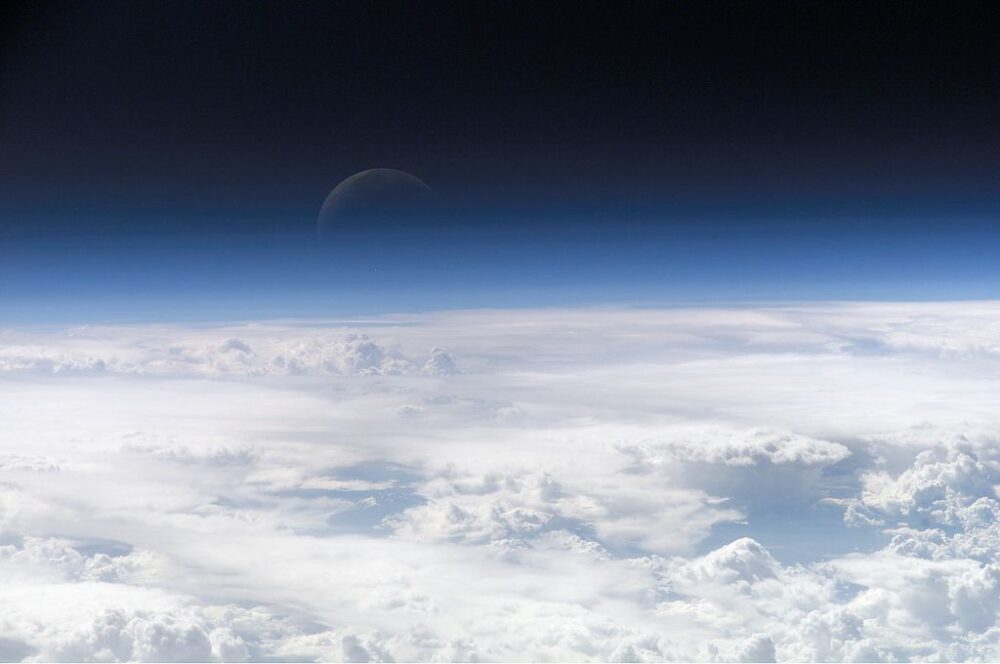
During week nine of Take It Outside, we are learning about our climate!
Earth’s atmosphere is crucial to maintaining a livable climate, and today we explore the part it plays in supporting life, and how changes humans are making to our atmosphere affects our climate.
Upcoming Event:
Join us tonight at 7 PM for a live-streamed composting summit! Local experts will discuss different approaches to home composting, as well as composting proposals for the community. Learn how to get started with composting or how to expand your current setup at this event. Find out more and register here.
Blog Post:
Atmospheric scientist and McCurdy Charter School sixth grade teacher Christy Wall discusses how our atmosphere allows life to flourish on Earth. Read her post here.
Craft:
Convection currents in our oceans and atmosphere work to transfer heat throughout the planet. Create a simple convection model to represent how warm air can be transported to cooler areas of the Earth. See instructions here. Consider how this movement of heat affects our climate!
Outdoor Challenge (Beginner):

Look for signs of convection in the atmosphere around you. You can’t see air, but there are a few phenomena that make convection in air visible:
- The formation of cumulus clouds. The sun shines on and heats the ground, which then heats pockets of air above it. These pockets of heated air rise until they are cool enough to condense into clouds. Clouds form above pockets of warm, rising air, whereas clear blue patches between clouds represent areas where cool air is sinking. Learn more about the formation of convective clouds in this short video.
- Large birds take advantage of rising columns of air, or thermals, to help lift them into the sky. Look for Turkey Vultures, ravens, and hawks circling higher and higher as the sun starts to heat the ground and air begins to rise.
Outdoor Challenge (Advanced):
Explore the greenhouse effect outside. Find a clear container, and place it upside down on the ground in a sunny spot. Wait a few minutes, and then lift the container slightly and put your hand under it. Can you feel a difference in temperature compared to the air outside the container?
Try this in different areas. Does the air heat up more if you put the container over light-colored or dark-colored ground? Does it make a difference if there are plants or no plants under the container?
If you have a thermometer and want to try an experiment with increasing the amount of greenhouse gases present in your container, follow the instructions on this page. We’re curious to see what you find out!
Other Resources:
- In previous Take It Outside posts, we have looked at spring weather and the atmosphere and clouds and the water cycle.
- Watch this short video to learn more about how the greenhouse effect works.
- Learn more about the atmosphere and climate at NASA’s climate change page or on NASA’s Climate Kids page.
- Test various solutions to the problem of global temperature rise using this interactive simulator from En-ROADS. The simulator demonstrates the complex factors that impact global climate change, and the range of possible solutions to this problem.
Share Your Experience:
Tell us what you learn about our climate this week! We’d love to see your photos, too. Please send them to takeitoutside@peecnature.org or share them on Facebook or Instagram with the hashtag #peectakeitoutside.
Join us tomorrow to learn more about our climate!
